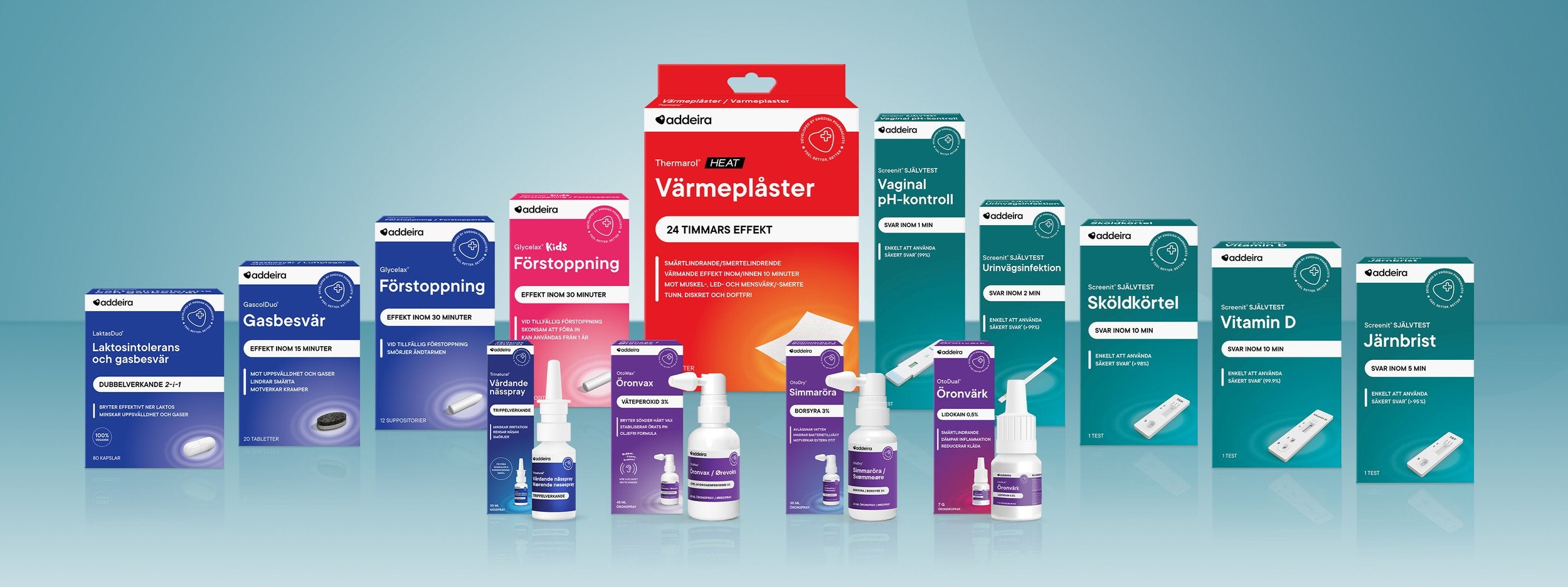1. Read the user manual carefully.
2. Do not use the product after the expiry date.
3. Do not use the product if the bag is damaged or if the seal has been broken.
4. Store the test in the original sealed bag at a temperature of 4-30 °C. Do not freeze the test.
5. The product must be used at room temperature (15–30 °C). If the product has been stored at a lower temperature (below 15 °C), it should be left at normal room temperature for 30 minutes before use.
6. Handle all specimens as potentially infectious.
7. If sampling and storage and transport of the samples are carried out incorrectly or carelessly, the test results may become unreliable.
8. Use the top stick included in the test kit for the best possible performance of the sampling.
9. Properly performed topping is the most important step in sampling. Make sure you collect enough sample material (nasal secretions), especially when taking anterior nasal samples. 10. Wash yourself several times before taking the sample.
11. The samples must be examined as soon as possible after sampling.
12. Drop the test sample only into the sample well (S).
13. Too many or too few drops of the extraction solution may give an invalid or incorrect test result.
14. Children under 14 should be assisted by an adult.
LIMITATIONS:
1. The test is only intended for the qualitative detection of SARS-CoV-2 virus antigen during anterior nasal tip testing (in the front nose). The exact concentration of SARS-CoV-2 virus antigen cannot be determined with this test.
2. It is very important that the sampling takes place in the right way. If the instructions are not followed, the test results may be unreliable. Improper sampling, storage, or freezing and thawing of the sample can lead to unreliable test results.
3. If the sample's viral load is below the test's proof limit, the result of the sampling may be negative.
4. As with all diagnostic tests, a definitive clinical diagnosis should not be based on the results of a single sampling. The diagnosis should instead be made by the doctor after evaluation of all clinical results and laboratory findings.
5. A negative result does not exclude a viral infection with SARS-CoV-2 and should be confirmed by molecular diagnostic methods in case of suspicion of COVID-19.
6. A positive result does not exclude a co-infection with other pathogens.
7. The SARS-CoV-2 antigen rapid test can detect both viable and non-viable SARS-CoV-2 material. The performance of the SARSCoV-2 rapid test depends on the viral load and may not correlate with other diagnostic methods used on the same sample.
8. Users should test the samples as soon as possible after sampling and in any case no later than two hours after sampling.
9. The sensitivity of nasal or oropharyngeal swabs may be lower than that of nasopharyngeal swabs. It is recommended that the nasopharyngeal topping method be performed by medical professionals.
10. Monoclonal antibodies that have undergone minor amino acid changes in the target epitope region may fail to detect SARS-CoV-2 virus or provide reduced sensitivity.
11. The amount of antigen in a sample may decrease with the duration of the illness. Samples taken after the fifth to seventh day of illness are more likely to show a negative result compared to an RT-PCR assay.
12. The kit has been validated with the included top pins. If other probes are used, false negative results may result.
13. The validity of the SARS-CoV-2 antigen rapid test has not been proven for the identification/confirmation of tissue culture isolates and therefore should not be used for this purpose.
14. The cross-reactivity of the test cassette has been evaluated by testing viruses and other microorganisms. The final test concentrations of viruses and other microorganisms are documented in the Cross-Reactivity study. The viruses and other microorganisms listed there, with the exception of the human SARS coronavirus, have no influence on the test results of the test cassette. Positive test results do not exclude co-infections with other infectious agents. Positive results may occur in cases with an infection with SARS-CoV.












